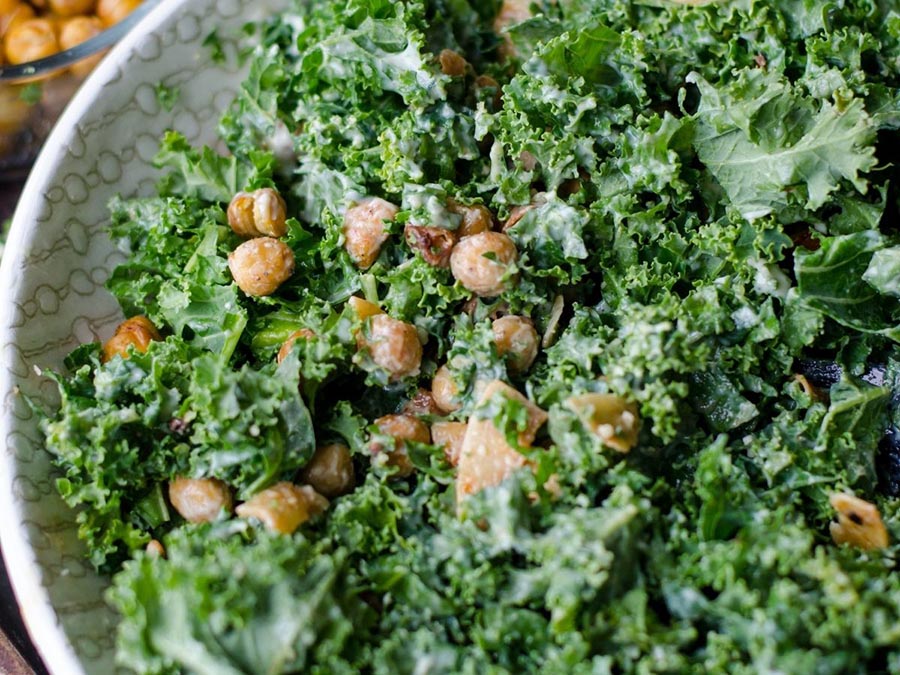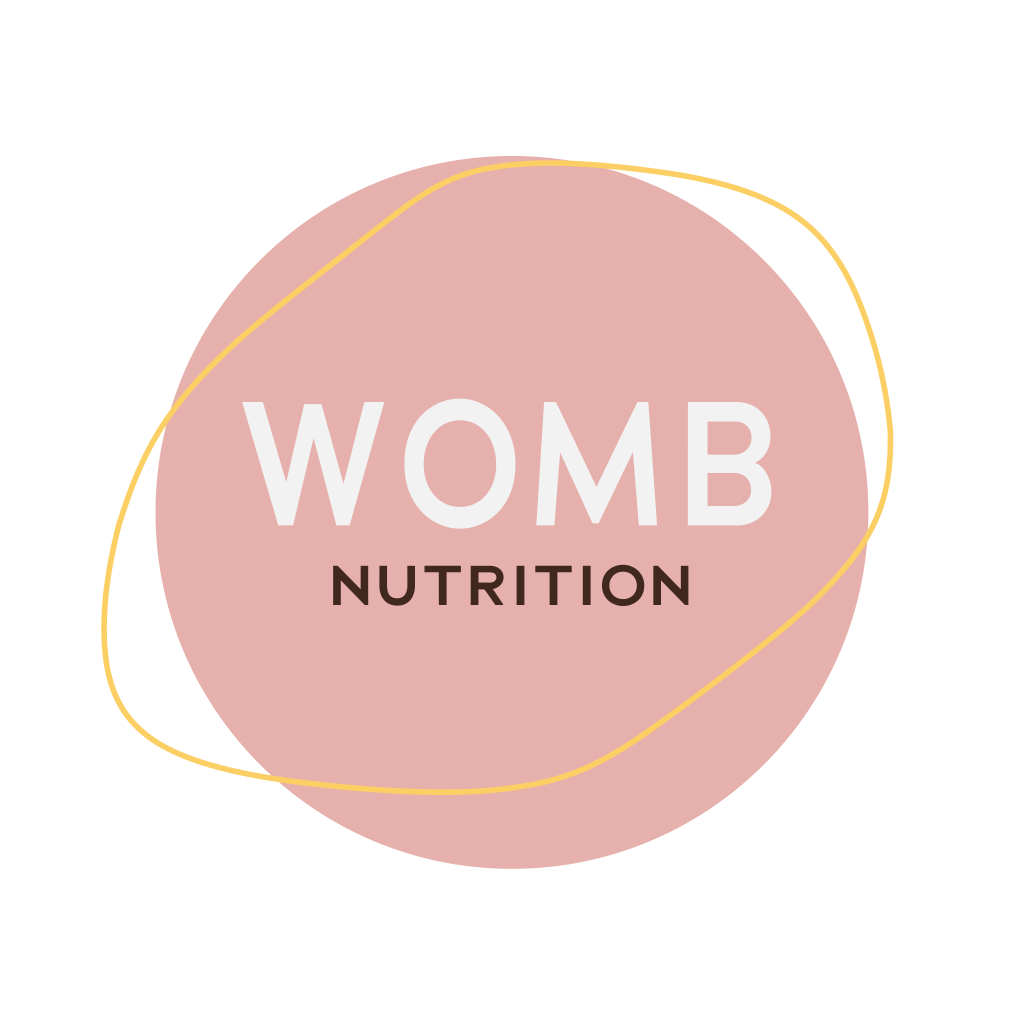What’s the deal with folic acid?
Folic acid supplements have become a norm for women who want to conceive or are pregnant. In most cases, your doctor will recommend supplementation with folic acid from the moment you announce you want to get pregnant. During both of my pregnancies, this happened to me as well, but I’m always in favor of getting my minerals and vitamins from natural sources instead of synthetic supplements, so I thought this topic deserves a longer chat.
What is folate and what is folic acid?
Folate, also known as vitamin B9, is a water soluble vitamin belonging to the B vitamins group. As humans cannot make folate, it needs to be ingested through diet, which makes it an essential nutrient. Folate was discovered by Lucy Wills in the 1920s during her research work in India. The results were published in 1931 and the ‘secret ingredient’ was called “the Wills factor” until 1941, when folate was isolated from spinach and continued its legacy.
Folic acid is the synthetic form of folate which means it is manufactured and does not occur in nature. Manufactured folic acid is therefore used as a dietary supplement and in food fortification as it is more stable during processing and storage. It is also widely available and affordable as a supplement. Folic acid has become so popular that the term is now used interchangeably with folate. I will mention both folate and folic acid throughout the article as I will be discussing them independently.
What do we need folate for?
- Folate is required to make DNA (the hereditary material in humans) and RNA (a messenger that assists DNA to pass on the proper genetic information) and metabolize amino acids necessary for cell division.
- Folate plays a decisive role in the formation of red blood cells (the most common type of blood cell and the vertebrate’s principal means of delivering oxygen to the body tissues).
- Folate is also involved in the production of white blood cells or leukocytes (the cells of the immune system that are involved in protecting the body against both infectious disease and foreign invaders) and is therefore important for immune reactions.
Folate during pregnancy and beyond
Like for most minerals and vitamins, also demands for folate increase during pregnancy and that’s because it is also required for growth and development of the fetus. The recommended daily intake increases in the period before getting pregnant (if you’re actively trying to have a baby), during pregnancy and breastfeeding to 600 mcg, according to the U.S. and Canada, and to 400 mcg, according to the U.K. and WHO.
Foods rich in folate
Foods that are especially rich in folate are leafy green vegetables, salads, avocadoes, nuts, legumes, whole grain products, eggs, and high quality algae products. Folate is not stored long-term in the body, so you need to eat folate-containing foods frequently, which basically means on a weekly basis.
Folate deficiency
Isolated folate deficiency is uncommon, which means that it usually coexists with other nutrient deficiencies. This is normally due to a poor diet, alcoholism, and malabsorptive disorders. The risks of folate deficiency are the following:
- Because of its role in synthesizing DNA and RNA, a folate deficiency can slow down cell multiplication. This is especially the case for cells that normally renew very frequently: red and white cells and cells of the intestines, liver and skin. This slow down can lead to anemia, digestive, neurological, and mucous membranes disorders.
- In pregnant women, the consequences of folate deficiency can also affect the baby, causing congenital abnormalities (birth defects). One of the common risks are anomalies in the development of maternal tissues, namely placenta, which concentrates folate into the fetal circulation. The transport mechanism is established within the first trimester of pregnancy, which is why an increased folate intake is recommended during the first three months after conception. Studies have suggested that alcohol may affect the folate transport of across the placenta.
- Folate deficiencies can also lead to fœtus anomalies (spina bifida, anencephaly), delayed growth of fœtus, an increased risk of premature birth, and low folate reserves in infants. Basically, the preventive effect of a high folic acid intake against neural tube defects is considered one of the most important nutritional discoveries.
For all these reasons your doctor will most certainly prescribe you acid folic supplements from the moment you let him or her know you are planning to have a baby.
Folate from food or folic acid supplements?
Whether only consuming foods rich in folate or taking acid folic supplements for pregnancy doesn’t seem to be an area where there’s a lot of dispute. Folic acid supplements are (almost) always recommended to women who are planning to have a baby and to women who are already pregnant. Yet I have to admit that this is something that intrigued me, as I’m always in favor of getting my minerals and vitamins from natural sources instead of supplements or concentrates. I’m someone who has the utmost trust that our bodies are capable of doing their work properly if we simply let them be and take care to nourish them properly. But there are (many) cases when we end up giving our body a hard time performing its job, consciously or not. So I started digging into numerous research papers to understand the difference between folate and folic acid and to make an informed decision for myself. Here’s a summary of the reasons I gathered:
Natural folate content decreases with food processing
Natural food folates are quite unstable compounds, they exist as polyglutamates and need to be converted into mono glutamates by folate reductase (an enzyme) in the jejunal mucosa (the middle segment of the small intestine) in order to be absorbed. Although research on whether there are folate losses during food processing is limited compared to other vitamins, it seems that losses in the vitamin activity do happen. In vegetables, up to 40% of folates can be destroyed by cooking and extensive losses of folate have been reported in boiled vegetables. In grains and cereals, up to 70% of folates can be destroyed by milling and baking. Folates from animal origin (i.e. beef) were found to be stable to cooking even for prolonged periods. But I have to be honest with you and say all this is not clear territory, as methods for evaluating folates in food tend to be inconsistent. So bioavailability of folates ranges between 40 and 70%.
Too much folic acid cand hide signs of anemia
One of the most frequently mentioned risks of too much folic acids is that it can hide the signs of anemia, more specifically it can hide that you are lacking vitamin B12. This could allow a B12 deficiency to progress to the point of causing confusion, dementia, or severe damage to the nervous system. Unless you’re consuming foods fortified with folic acid and take supplements in the same, there is barely any chance you’ll be in this context.
5-MTHF – the “new” kid on the block
The synthetic folic acid is converted by the body into folate (the active form). That’s the short version of the story, but it’s not the complete version. The metabolically active and usable form of folate is actually quatrefolic or 5-MTHF.
Folate needs to be metabolised to enter the folate cycle, as dietary folate needs to be converted to 5-MTHF. However, some people can be affected by MTHFR polymorphisms, which makes it challenging for their bodies to create enough 5-MTHF from dietary sources which can lead to a 5-MTHF deficiency, even when sufficient folate from foods is consumed. 5-MTHF deficiency might also occur due to some medications that inhibit folate metabolism, liver dysfunction or gastrointestinal disorder, such as IBS (inflammatory bowel disease).
The metabolism of folic acid into 5-MTHF seems to be a slow process, requiring the assistance of two enzymes, whose names are very complicated so I’ll just mention their abbreviations: MTHFR and DHFR. We already discussed the issues that can occur with regards to MTHFR above. The other enzyme, DHFR, is only able to cope with 200 mcg (μg) of folic acid at a time. So taking large amounts in excess of this amount might result in unmetabolized folic acid.

Conclusion and practical advice
- Everyone, man or woman, should eat a balanced diet rich in natural folate from food. Please know that whenever I talk about folate from foods, I do not refer to foods fortified with folic acid, such as fortified white flour, pasta, rice, cereals, etc. These are foods or products that are highly processed and I wouldn’t include them in a healthy nutrition plan.
- Folate is available in a large array of foods that luckily cover all seasons. If you know yourself as someone healthy and have no issues with your metabolism, supplements are not necessary, just make sure to include those foods in your diet on a regular basis.
- Regardless if your diet is omnivore, vegetarian or vegan, try to steam rather than boil your green vegetables, as this can double the folate content. Folate is well retained in potatoes during boiling so don’t forget to incorporate them in your diet.
- When trying to conceive, during pregnancy or breastfeeding, the increased recommended level of folate might be difficult to achieve for some women through diet alone and on a daily basis. Although paying more attention to your lifestyle and adopting more healthy habits when you’re planning to have a baby are of utmost importance, make sure you stay true to yourself. If during the first three months of pregnancy you’re on a busy schedule, eat food on the go and pay little attention to your nutrition intake, supplementing folate is recommended.
- Taking supplements containing the biological active form 5-Methylfolate might be a more efficient alternative to folic acid supplements, yet one that’s also pricier. Make sure the label states L-Methylfolate, Metafolin or Quartrefolic. It also interacts with fewer medications than folic acid.
- Discuss openly and largely with your doctor with regards to supplementation before and during pregnancy. Make sure you understand the benefits, but also be aware of any risks. Inform yourself and take the decision you feel most comfortable with.
To end this long article, here’s an easy recipe that covers about 400mg of your folate needs: 100g field salad or any other leafy green vegetable, asparagus (four stalks), 20g of chickpea sprouts, a handful of raw peas and two grated carrots. Add dressing to your liking.
Sources:
